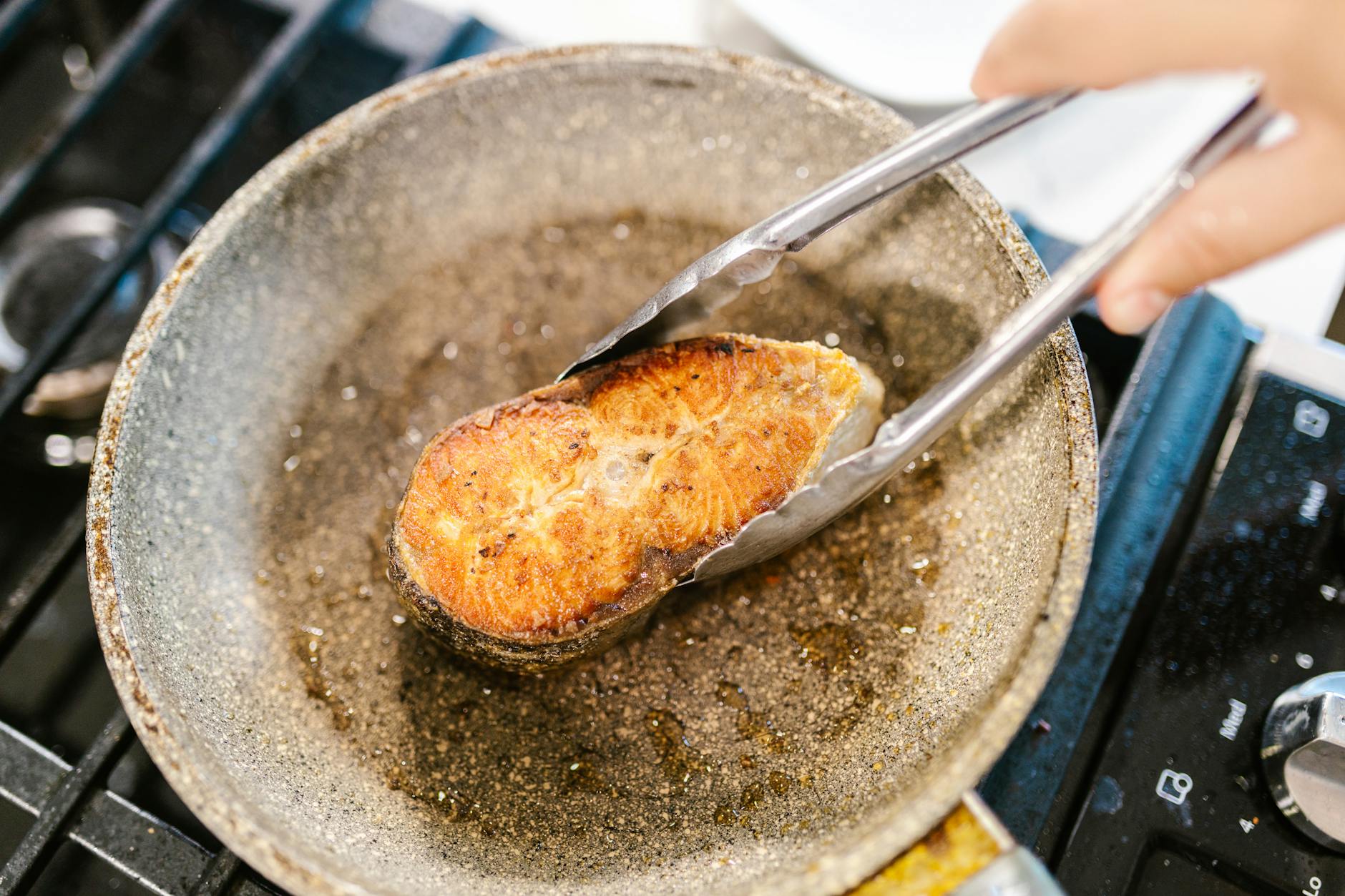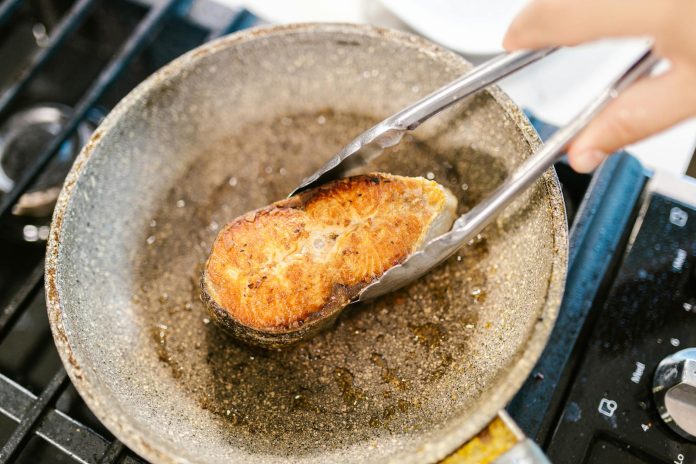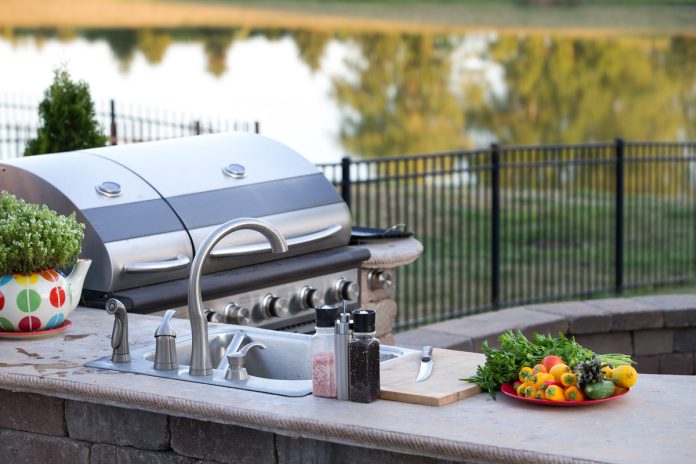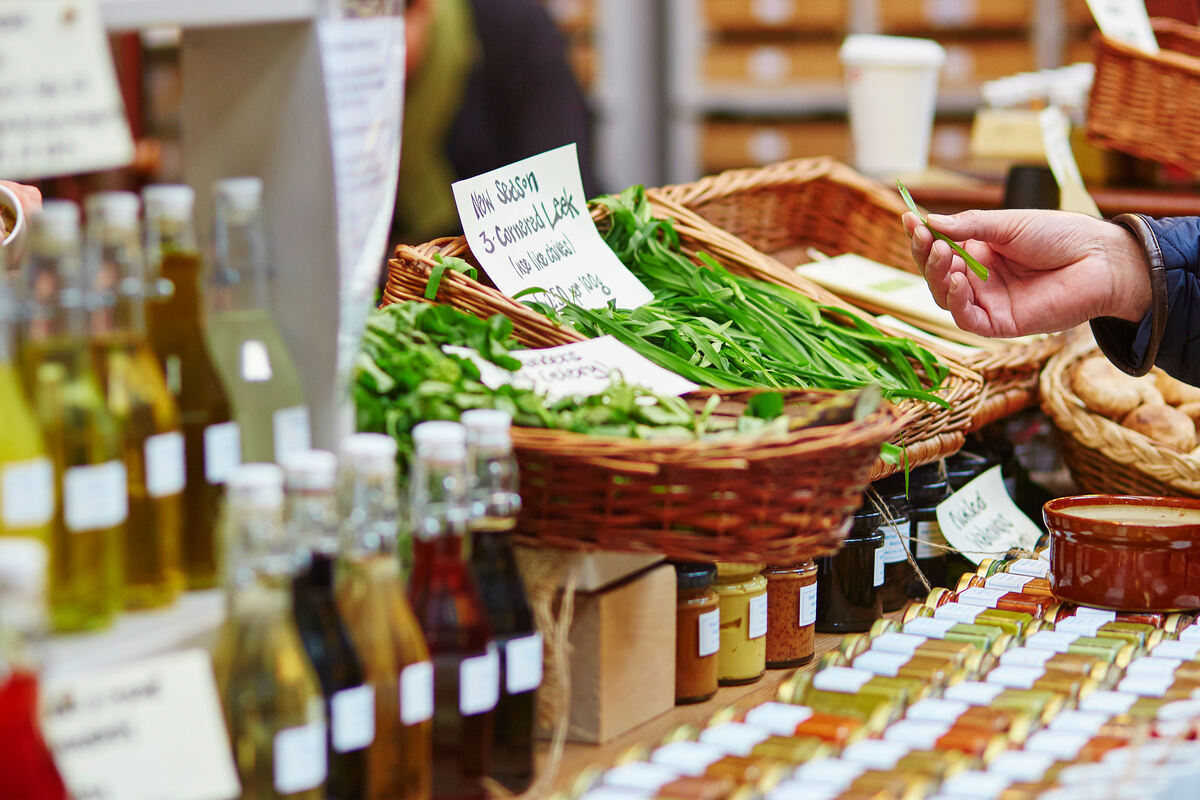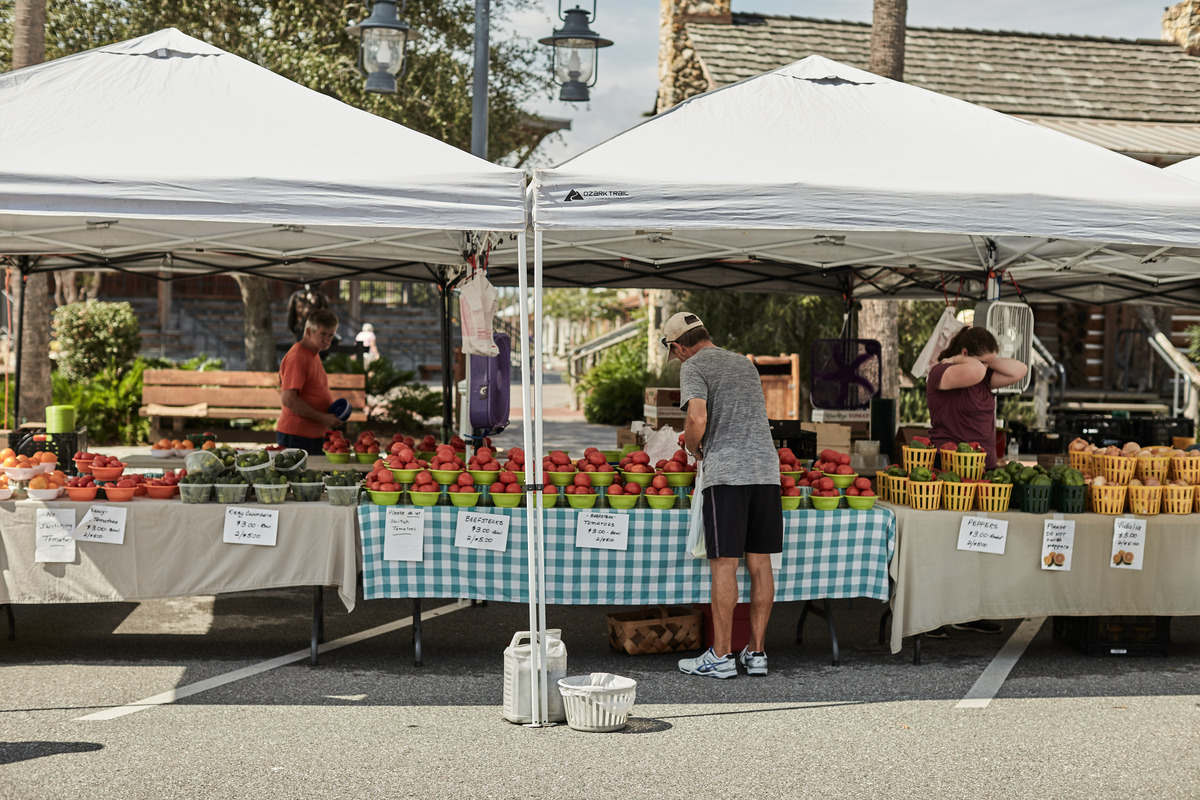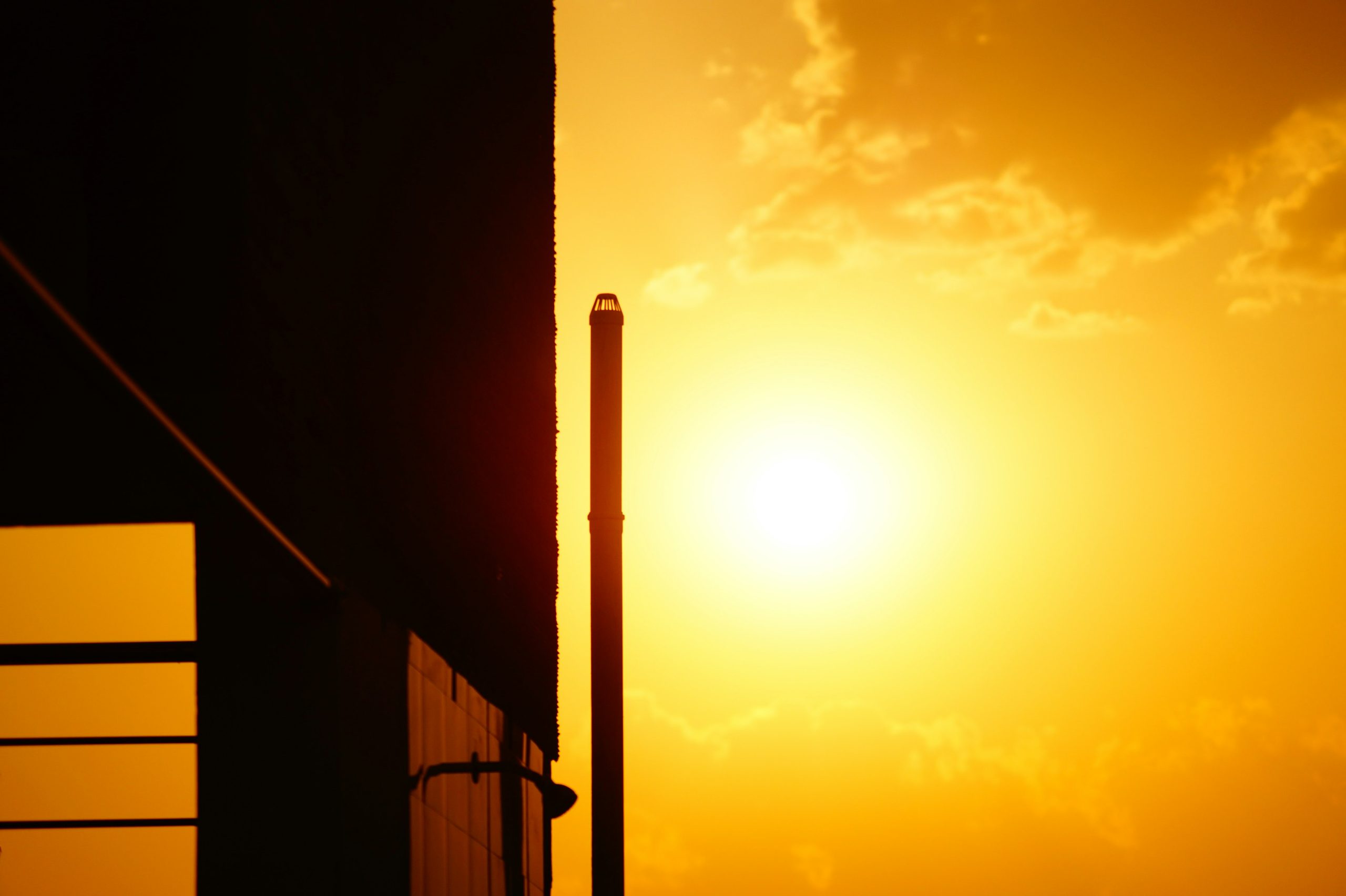Let’s face it—fried food is delicious. Golden, crispy, and comforting, it hits all the right spots. But behind the crunch lies an inconvenient truth: traditional frying methods are far from sustainable. From the oil used to the energy consumed, your deep-fried delights could be leaving a bigger environmental footprint than you realize.
But here’s the good news: you don’t have to give up your favorite crispy cravings to make a difference. With a few clever swaps and smarter habits, you can turn your frying game into an eco-conscious routine. Sustainable frying is about mindful choices—selecting the right oil, reducing waste, filtering instead of tossing, and making sure every drop of oil works harder and longer.
In this in-depth guide, we’ll walk you through the actionable steps to make your fried food habit more eco-friendly. Whether you’re a home cook or a restaurant owner, this is your ultimate handbook to frying responsibly—and deliciously.
Why Frying Needs an Eco Makeover
It might seem like a minor indulgence, but frying at home or commercially contributes significantly to environmental degradation. Each year, millions of gallons of used cooking oil are dumped improperly, leading to clogged pipes, water pollution, and added pressure on waste management systems. Beyond that, heating oil consumes substantial energy, and the process of refining vegetable oils is resource-intensive.
So, if you’re thinking, “It’s just a little oil,” think again. Every drop counts.
Oil Waste and Carbon Footprint
Did you know that cooking oil, when disposed of incorrectly, contributes to methane emissions in landfills? In addition to clogging sewage systems, decomposing oil releases potent greenhouse gases. Moreover, oil production and transportation—especially for imported oils—create a substantial carbon footprint.
Reducing oil waste is not only a smart environmental move, but it also saves money. Sustainability and frugality? That’s a win-win.
Comparing Plant-Based Oils and Animal Fats
When it comes to sustainable frying, not all oils are created equal. Plant-based oils such as canola, sunflower, and olive oil tend to have a lower environmental impact compared to lard or tallow. However, palm oil, although plant-derived, is linked to deforestation and habitat loss.
Sustainability Tip: Choose oils that are certified organic, non-GMO, and preferably locally produced. Avocado and algae oils, though pricier, are emerging stars due to their high yield and low-impact farming.
What Affects How Long Oil Lasts?
Oil doesn’t just ‘go bad’ from use—it degrades due to exposure to heat, air, food particles, and light. Understanding oil degradation is essential to using it wisely. The longer oil lasts, the fewer times you need to replace it, and the less you waste.
Use tight-lidded, dark-colored containers to store oil and avoid mixing different types. Once you spot changes in color, odor, or smoke point, it’s time to change it—but maybe not toss it…
Tips to Prevent Spoilage and Waste
- Always strain oil after frying.
- Store used oil in a cool, dark place.
- Label oil containers with date and type.
- Avoid overheating—use a thermometer to maintain the ideal frying temperature (between 350–375°F).
Safety and Flavor Considerations
Reusing oil can be perfectly safe and flavorful—if done right. Avoid reusing oil that has been used for frying fish or heavily spiced foods unless you’re cooking similar items. Keep oil clean with mesh strainers and filter it properly to extend its life.
This brings us to a critical tool in sustainable frying…
How Fry Oil Filters Improve Sustainability
Instead of discarding oil after a couple of uses, why not clean it? Fry oil filters trap leftover food particles and help prolong the life of your cooking oil. Not only do they keep your fried foods tasting fresh, but they also reduce waste, saving you money and protecting the environment.
They’re a must-have for any kitchen serious about sustainability.
Air Fryers vs Traditional Deep Fryers
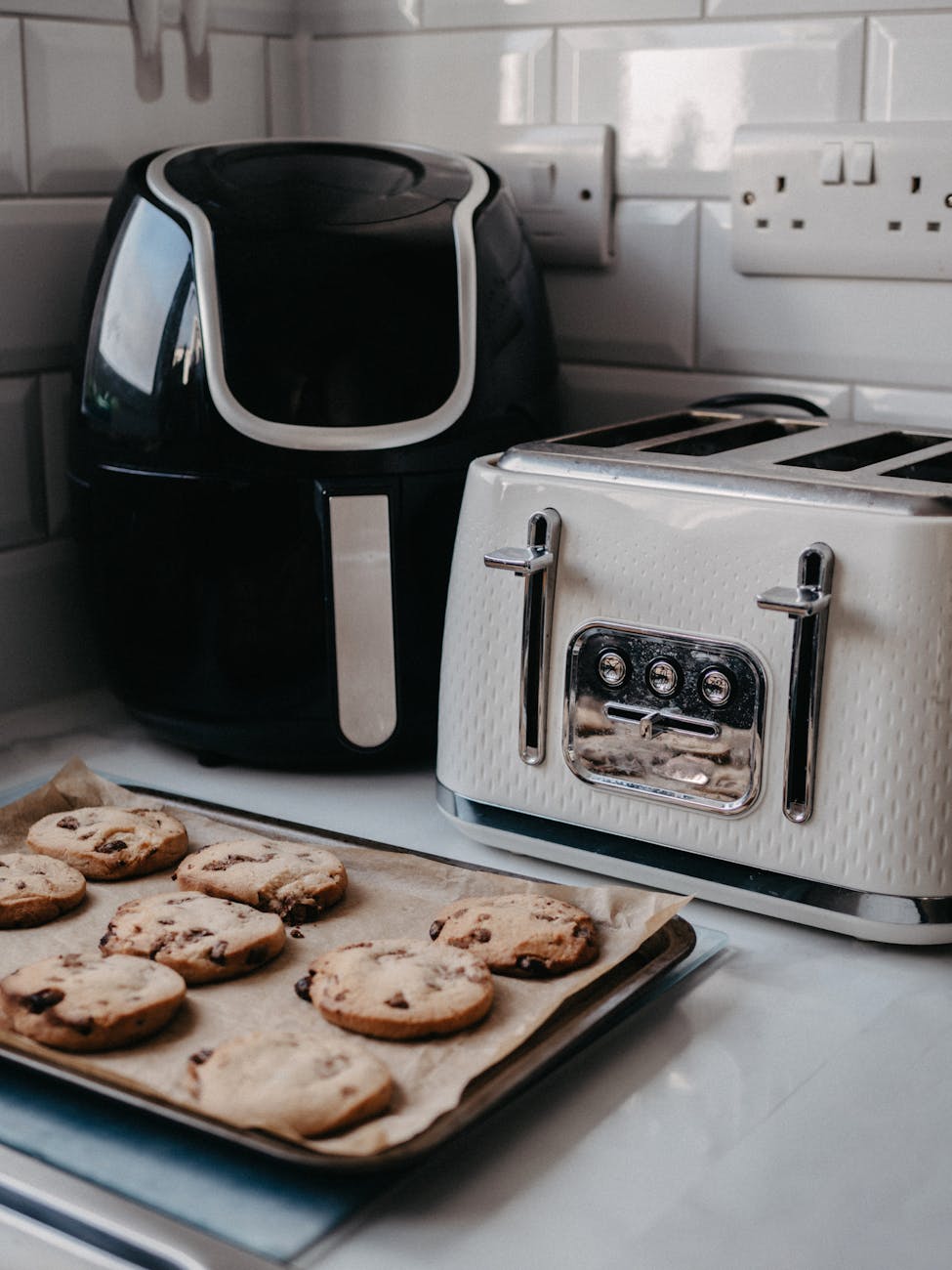
If you’re committed to sustainability but still crave crispy textures, air fryers are a game changer. These gadgets use convection technology to circulate hot air around food, creating a fried finish using up to 80% less oil.
Comparison Table:
| Feature | Traditional Fryer | Air Fryer |
|---|---|---|
| Oil Usage | High | Minimal |
| Energy Consumption | Higher | Lower (in short bursts) |
| Cleanup | Messy | Easier |
| Taste | Rich & Authentic | Lighter & Crispier |
| Environmental Impact | Higher | Significantly Lower |
While purists might argue that nothing compares to the deep-fried crunch, air fryers make a solid case for convenience, efficiency, and reduced waste.
Why Cleaning Oil Matters and How to Do It Right
When you leave crumbs and debris in your oil, you invite rapid spoilage. Not only does this affect flavor, but it also forces you to change your oil more often.
Here’s how to clean oil the right way:
- Let the oil cool to room temperature.
- Use a fine-mesh sieve or cheesecloth to strain it into a clean container.
- Store it away from light and heat.
This small habit can stretch your oil’s lifespan and reduce the number of times you need to dispose of it.
Simple Adjustments That Reduce Frying Energy Use
Did you know that preheating oil for too long wastes energy? Or that overcrowding your pan forces the burner to work harder?
Quick Energy-Saving Tips:
- Preheat oil only when ready to cook.
- Use a thermometer for accurate heat control.
- Choose pans that fit the burner size.
- Cover your fryer or pan when preheating to trap heat.
Reducing Waste with Smarter Servings
Often, we fry more than we need. Not only does this lead to food waste, but it also uses more oil, energy, and packaging than necessary.
Try these smarter serving strategies:
- Serve smaller initial portions and offer seconds.
- Plan meals and portion sizes ahead of time.
- Use leftovers creatively—fried rice, fritters, or wraps.
What You Can Learn from Commercial Kitchens
Restaurants are under growing pressure to adopt greener practices, and many are leading the charge in oil management.
Best Practices from Food Service Industry:
- Scheduled oil filtration.
- Oil rotation charts.
- Regular equipment maintenance for energy efficiency.
- Use of biodegradable packaging.
If they can do it at scale, you can definitely do it at home.
What’s Best for the Environment? Composting vs Disposing of Oil
Used cooking oil should never be poured down the drain—it wreaks havoc on plumbing and ecosystems.
Instead, consider:
- Composting (in tiny quantities only, and never animal fats).
- Recycling through certified local programs.
- Donating to biodiesel conversion centers.
Always store used oil in sealed containers until you can dispose of it responsibly.
Local Programs and Best Practices for Recycling Cooking Oil
Call your city’s waste management office or search online for “cooking oil recycling near me.” Many municipalities offer drop-off centers or curbside pickup.
Quick Checklist:
- Never mix oil with other fluids.
- Cool oil completely.
- Label the container.
- Drop it off at a certified facility.
Lower Impact Recipes that Still Satisfy
Eco-friendlier frying also means being mindful of what you fry. Opt for whole plant-based ingredients and avoid processed frozen items.
Try these swaps:
- Zucchini chips instead of chicken nuggets.
- Sweet potato fries over meat-based ones.
- Air-fried tofu instead of deep-fried pork.
Greener Choices for Takeout and Leftovers
So you’ve got your eco-fried meal—now what? Packaging can make or break your sustainability goals.
Eco-Tips:
- Avoid Styrofoam.
- Opt for compostable or recyclable containers.
- Bring your own containers when ordering takeout.
Reduce Food Miles with Local Ingredients
Imported oils and produce add to your food’s carbon footprint. Buying locally sourced items supports the community and slashes emissions.
Check your labels for “Product of [Your Country]” and visit local farmers’ markets when possible.
Avocado Oil, Algae Oil, and Lab Innovations
Future-forward frying oils are here. Algae oil is packed with omega-3s and produced sustainably in bioreactors. Avocado oil is heat-stable and often more ethical than palm oil.
Keep an eye out for:
- Lab-grown oils.
- Upcycled oil sources (e.g., from used coffee grounds).
- Closed-loop oil production systems.
How Restaurants Can Join the Green Frying Movement
Food businesses have a massive opportunity—and responsibility—to lead the charge.
How to Begin:
- Train staff on oil conservation.
- Use automated fryers with built-in filters.
- Partner with local oil recyclers.
- Promote eco-credentials on menus.
Make Sustainability a Family Affair
Teach your kids why and how to fry responsibly. Let them help plan meals, portion food, and even design a fun oil recycling station at home.
Rethinking the Stigma Around Fried Food
Let’s clear the air: fried food isn’t the enemy—it’s how we fry that matters. By changing techniques, habits, and awareness, you can enjoy fried foods without guilt.
Tools and Apps to Track Your Oil Footprint
Just like calorie counters, there are apps to track oil usage, waste, and even emissions. Try:
- JouleBug
- Green Kitchen
- Olio (for sharing leftover oil or fried food!)
How Policy Shapes Greener Frying Practices
From banning trans fats to regulating oil disposal, local governments play a big role. Advocate for better recycling systems and incentives for sustainable kitchens.
Saving Oil and Time with Rotation Strategies
Rotate oil based on use, not just time. Use charts or markers to track frying cycles and freshness.
What to Do When You’re Out of Clean Oil
Stuck in a bind? Try:
- Switching to oven roasting.
- Using a shallow fry method.
- Borrowing filtered oil from your last clean batch.
Why You Shouldn’t DIY Oil Disposal
DIY solutions like dumping or backyard burying are dangerous. Used oil should only go to certified facilities or be filtered for biodiesel.
How to Host a Greener Fried Feast
- Use biodegradable cutlery and plates.
- Offer small portions and encourage seconds.
- Compost food scraps and recycle oil properly.
- Share leftovers with guests in reusable containers.
Sustainable Frying: How to Make Your Fried Food Habit More Eco-Friendly
Now that you’ve dipped into the world of sustainable frying, it’s clear you can still enjoy your favorite crispy dishes without the guilt. With tools like fry oil filters, smarter oil habits, and a dash of awareness, your kitchen can become a beacon of eco-consciousness.
Whether you’re a home chef or a culinary professional, every fried bite can be a delicious step toward sustainability.
FAQs
Is it safe to reuse frying oil?
Yes, if strained and stored properly, oil can be reused several times without compromising flavor or safety.
What’s the best oil for sustainable frying?
Canola, sunflower, and avocado oils are all good choices due to their efficiency, stability, and low environmental impact.
Can I compost used oil?
In very small amounts and only plant-based oils—never animal fats.
How often should I change my oil?
Depends on what you’re frying, but typically after 3–5 uses. Filters can extend oil life significantly.
Are air fryers really eco-friendly?
Yes! They use less oil and energy, making them a sustainable choice for daily frying.
What’s the worst thing I can do with used oil?
Pouring it down the drain. It causes massive plumbing and environmental damage

